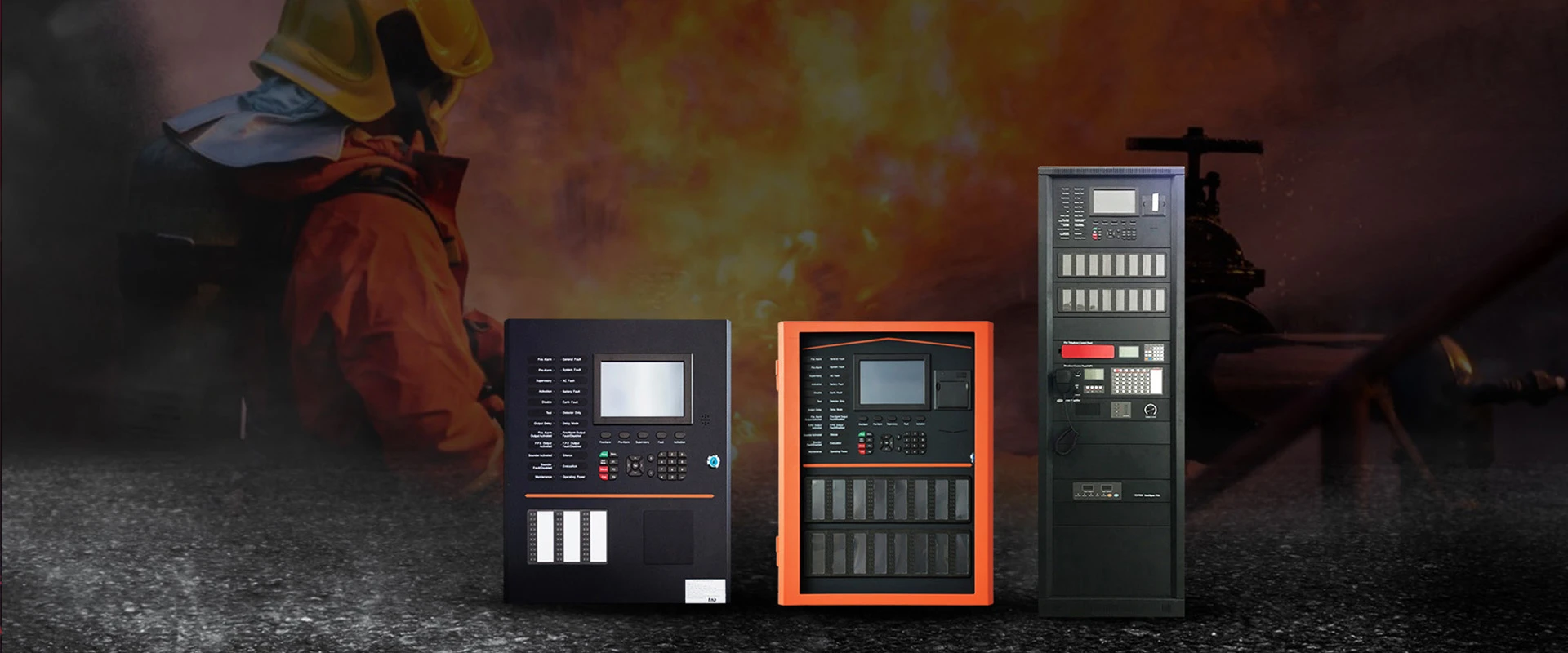Steps to Use an AI Fire Alarm System:
System Installation:
Assessment: Conduct a site survey to determine optimal sensor placement and system configuration.
Installation: Install sensors, cameras, and other necessary hardware throughout the facility according to the manufacturer's guidelines.
Integration: Connect the AI fire alarm system with existing safety systems, such as sprinklers, alarms, and emergency exits.
Initial Configuration:
Set Parameters: Define sensitivity levels for smoke, heat, and other fire indicators according to the specific environment.
AI Training: If applicable, train the AI model using historical data and specific scenarios to improve accuracy.
System Calibration: Test and calibrate the sensors and AI algorithms to ensure they correctly distinguish between false alarms and actual fire threats.
System Testing:
Simulate Fire Scenarios: Conduct various fire and non-fire simulations to verify the system's response and accuracy.
Review Logs: Analyze the system's decisions and responses to fine-tune the AI's detection capabilities.
Emergency Drills: Perform fire drills to ensure that all safety protocols are triggered correctly and that personnel are familiar with the procedures.
Real-Time Monitoring:
Continuous Monitoring: The system will constantly monitor environmental data in real-time, analyzing for signs of fire.
Automatic Alerts: Upon detecting a potential threat, the system will send alerts to designated personnel and trigger emergency protocols.
AI Decision-Making: The AI will evaluate the situation and decide whether to activate alarms, sprinklers, or other safety measures.
Routine Maintenance:
Regular Inspections: Schedule routine inspections to check the hardware, sensors, and software for any issues or updates.
Software Updates: Ensure the AI software is up-to-date with the latest algorithms and threat detection models.
Data Review: Periodically review the system's logs and performance data to identify any patterns or areas for improvement.
User Training:
Staff Training: Train staff on how to interact with the system, including responding to alerts and conducting manual overrides if necessary.
Emergency Protocols: Ensure all personnel are familiar with evacuation procedures and know how to respond during a fire emergency.
Continuous Improvement:
AI Learning: The AI system should continuously learn from new data and incidents to improve its accuracy.
Feedback Loop: Provide feedback to the system based on real-world events to refine its detection capabilities.

